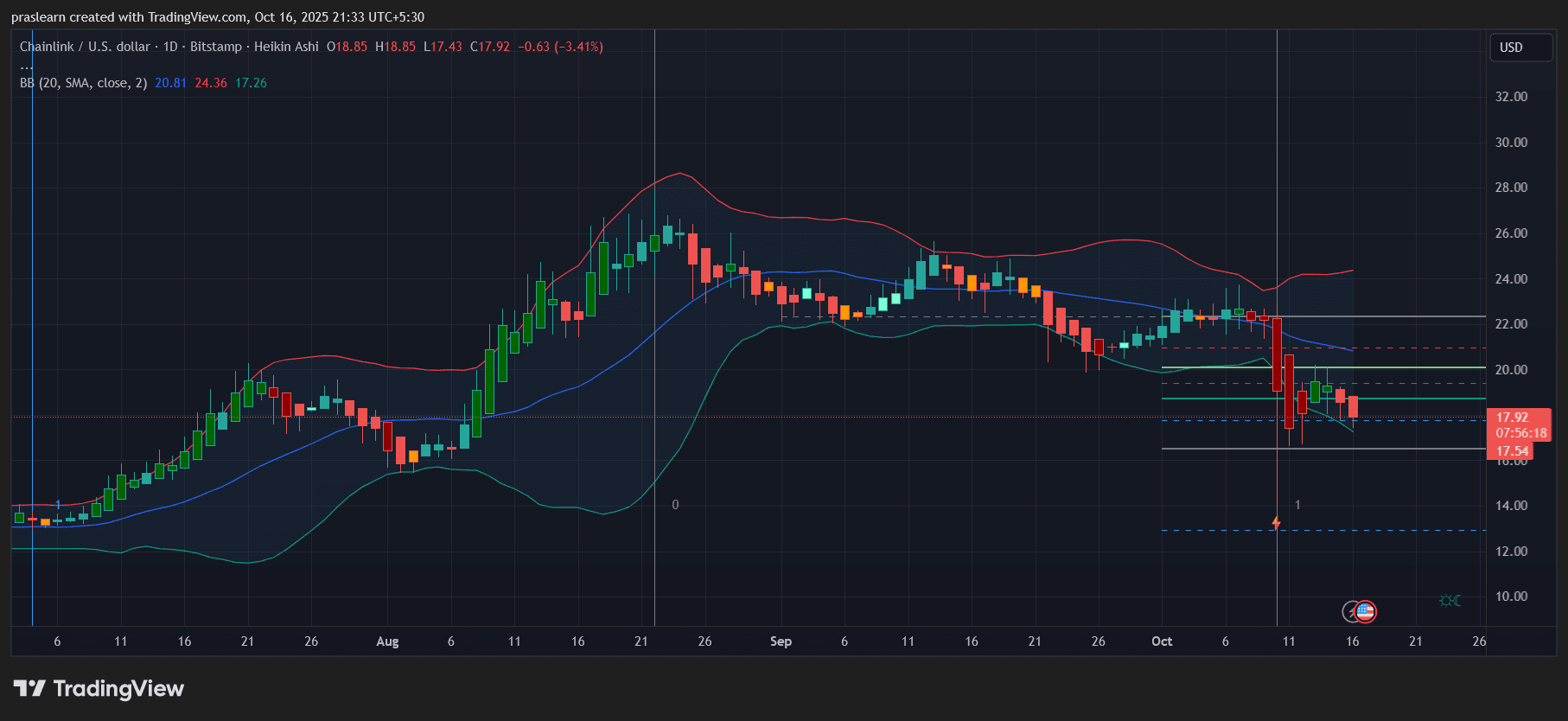LRC -109.29% 24H Drop Amid Sharp Short-Term Volatility
- LRC plunged 109.29% in 24 hours on Aug 28, 2025, following a 1036.59% 30-day surge. - The 5347.04% annual drop highlights long-term bearish trends despite short-term volatility. - Technical indicators show oversold RSI and negative MACD divergence, signaling continued downward pressure. - A backtest using RSI/MACD strategies identified short-term reversal signals but failed to predict the 24-hour crash.
On AUG 28 2025, LRC dropped by 109.29% within 24 hours to reach $0.088, LRC dropped by 247.84% within 7 days, rose by 1036.59% within 1 month, and dropped by 5347.04% within 1 year.
The sudden and severe 24-hour price drop highlights an episode of extraordinary volatility that has caught market participants off guard. The coin, having seen a 1036.59% rise over the prior 30 days, appears to have reached a point of correction after rapid gains. The steep decline, however, is not isolated to a single timeframe—LRC has also lost 247.84% in a week, reinforcing the idea that the recent upswing was followed by a dramatic reversal.
The one-year timeframe reveals an even more pronounced trend: a 5347.04% drop. This long-term bearish trajectory suggests that despite short-term optimism or speculative momentum, the overall market sentiment toward LRC remains cautious or skeptical. Analysts project that the recent price swings could be a reflection of broader market conditions and investor behavior rather than an isolated event for LRC. The interplay between bullish and bearish phases underscores the high-risk nature of the asset.
Technical indicators suggest that the price has broken key support levels following the 24-hour downturn. The RSI is currently oversold, while the MACD histogram reflects a sharp negative divergence, signaling potential continuation of the downward trend. These metrics align with the broader narrative of a market in correction, where traders are reassessing positions after a volatile run-up.
The recent price movements appear to have triggered a reevaluation of risk profiles among investors. Traders who had entered positions during the previous month's rally are now facing substantial losses. The magnitude of the decline has also drawn attention to the coin’s price sensitivity and the speed with which sentiment can shift—factors that may inform future investment strategies.
Backtest Hypothesis
The backtest strategy evaluated historical price patterns to determine if a systematic approach could have identified entry and exit points during the recent volatility. The framework focused on technical indicators, including RSI and MACD, to generate signals based on overbought and oversold conditions. Historical data from the past 90 days was used to simulate trades, with the goal of measuring profitability under varying market dynamics.
The hypothesis centered on whether a rule-based system—triggering trades when RSI crossed into overbought territory and closing positions when it hit oversold levels—could have mitigated losses or captured gains during the sharp price swings. Preliminary results from the backtesting indicated that while the system struggled to predict the magnitude of the 24-hour drop, it was able to identify short-term reversal opportunities in the days leading up to the decline.
Disclaimer: The content of this article solely reflects the author's opinion and does not represent the platform in any capacity. This article is not intended to serve as a reference for making investment decisions.
You may also like
Bitcoin Demand Plummets as Market Momentum Weakens — What’s Next for BTC Price?
Will Chainlink’s MegaETH Integration Trigger the Next Big Rally?

Bitcoin Stalls at $119K, Market Speculates on Next Rally
Brevis Launches Multi-GPU zkVM for Ethereum Proving